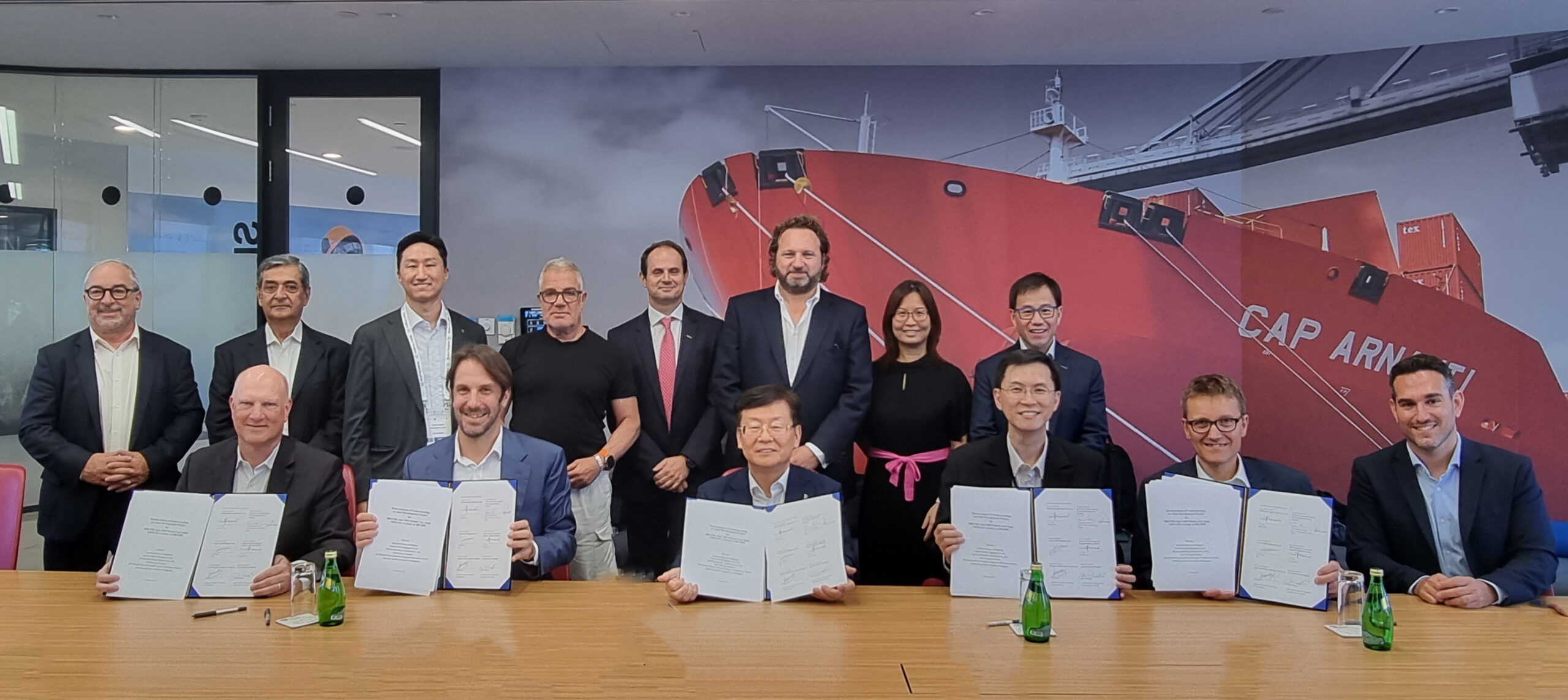Data collected shows drop in fuel compared to 2020 but slight increase in LNG consumption
Under international regulations shipowners and operators need to submit annual fuel consumption statistics for vessels over 5,000 Gross Tonnes. The data from 2020 has been collected and prepared for the IMO’s marine environment protection committee. The data shows that the amount of fuel used dropped by 10 million tonnes from 213m in 2019 to 203m in 2020.
In 2020 LNG accounted for 5.90% of the total fuel use by international shipping. That is a 1% increase from 2019 when it accounted for 4.92%. In absolute values it was 11.97m tonnes compared to 10.48m tonnes LNG. With regards other fuels, the data collected showed that 62,345 tonnes ethane, 27,792 tonnes used cooking oil, 2,651 tonnes biofuel and 19 tonnes of biogas liquid (LBG) were used last year.
The highest percentages were the fuel oils though there was a significant difference in the use of heavy fuel oils and light fuel oils between 2019 and 2020. As a percentage and in real values HFO dropped significantly (101.27m tonnes in 2020) while LFO’s increased (64.17m tonnes). Each fuel has a different carbon conversion factor to determine how much CO2 each tonnes represents.. HFO is 3.206 while LNG is 2.750. Methanol is 1.375 which gives an indication of the amount of CO2 emitted by international shipping last year.
The data came from 27,723 ships (there are thought to be 32,588 vessels that should have reported fuel data) that travelled 1,484m nautical miles during 127m hours of sailing. The fuel data that is being collected will help the IMO member state representatives at subsequent meetings determine such thorny issues as which market-based measure could be best applied to shipping in the future.
The IMO data collection system is of course not the only fuel data system shipping needs to report into. The European Union has its own system to help determine the amount of CO2 emitted from shipping as vessels sail to, from and between pots of the European Union. This data is being collected as the European Commission comes to a decision over the inclusion of shipping into its regional emissions trading scheme.

































